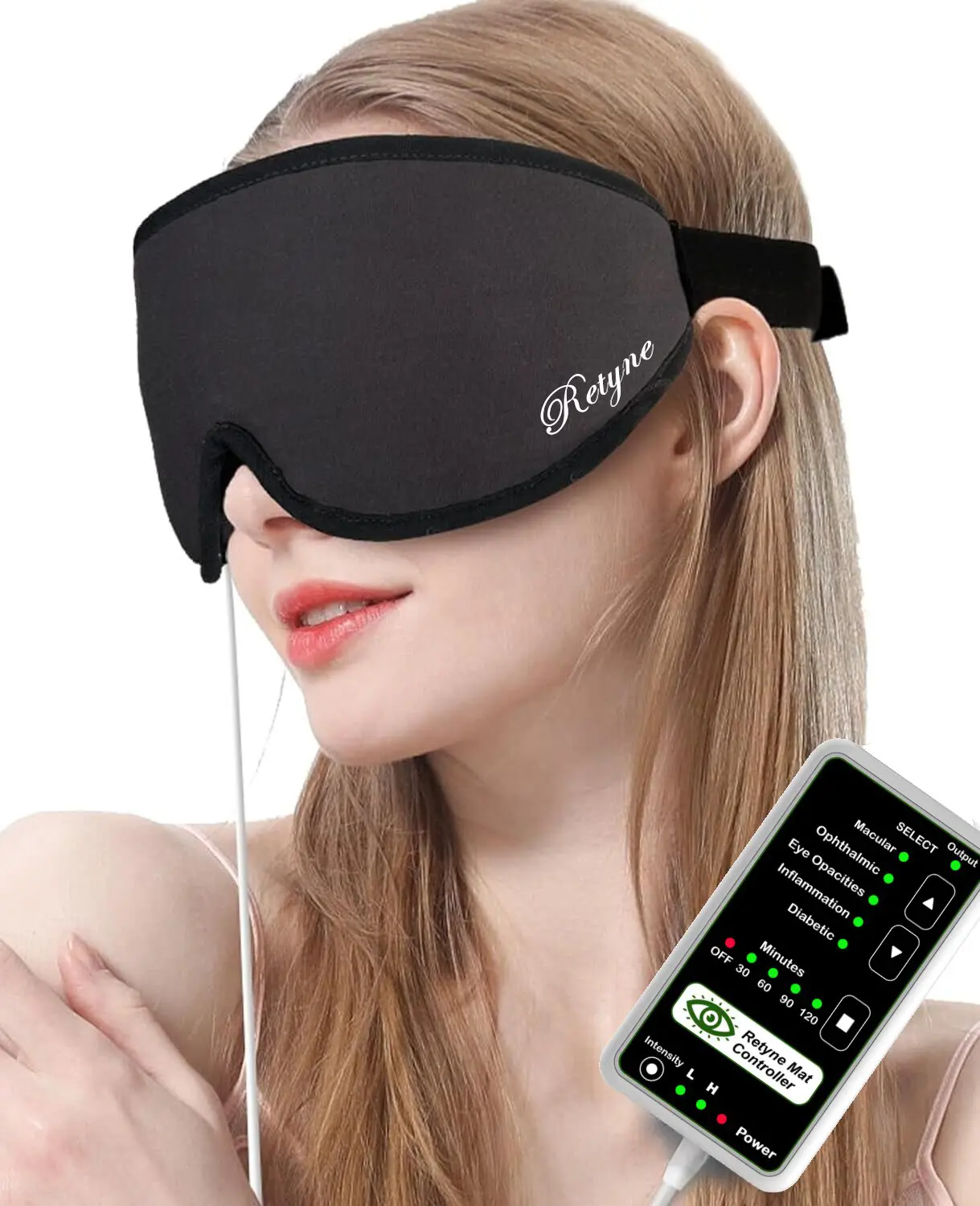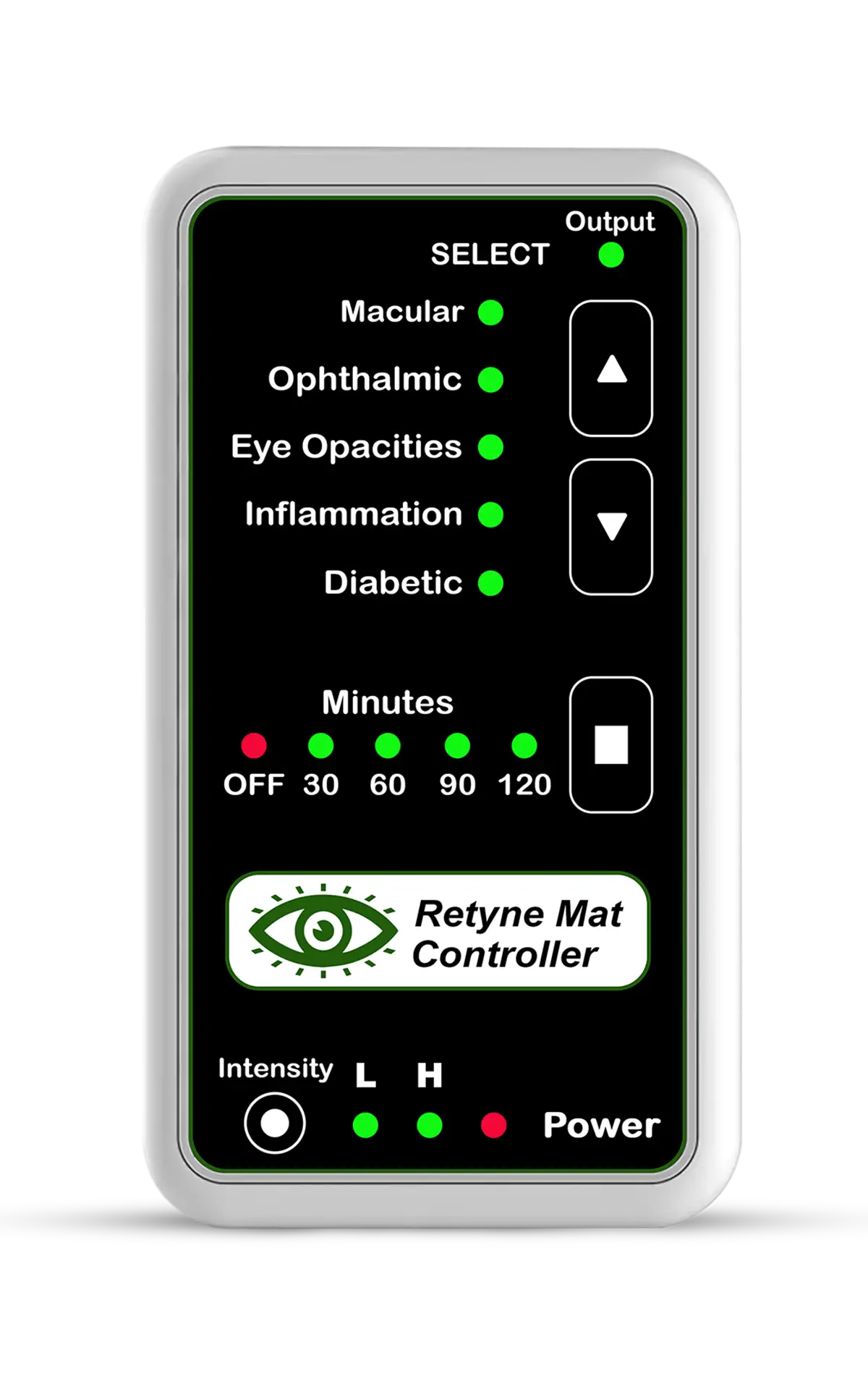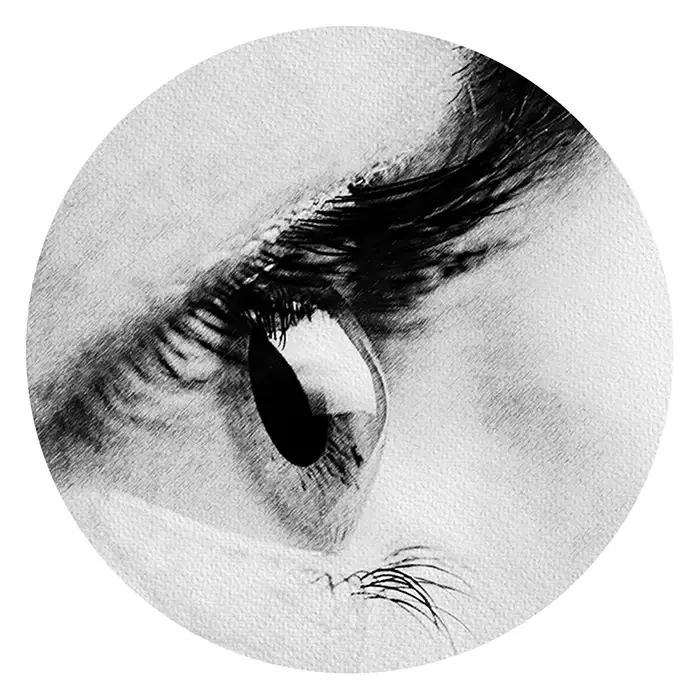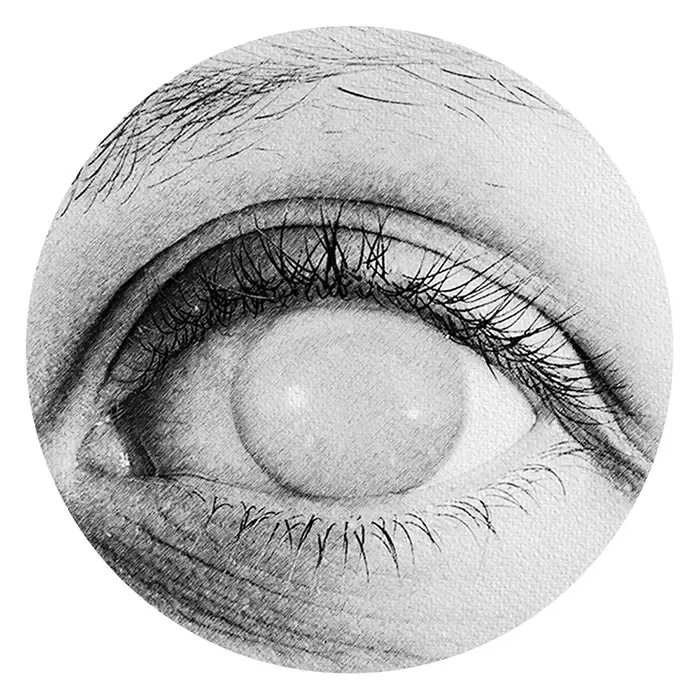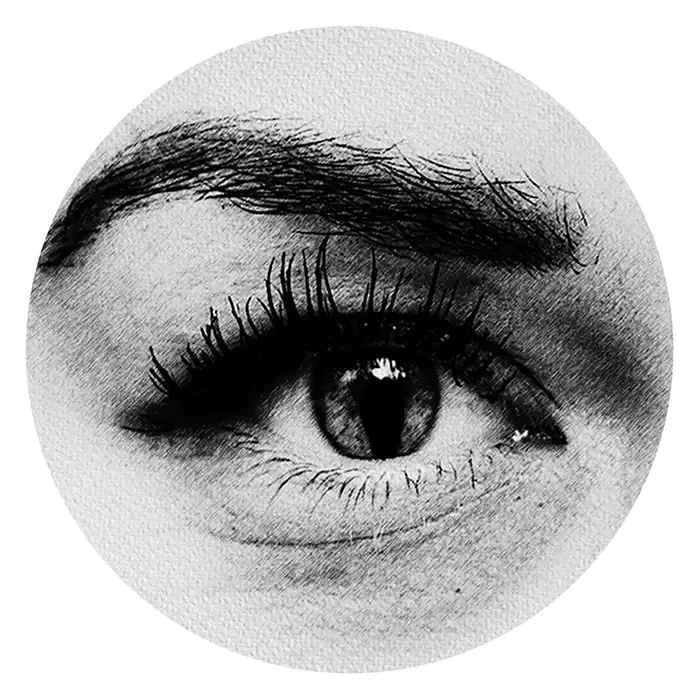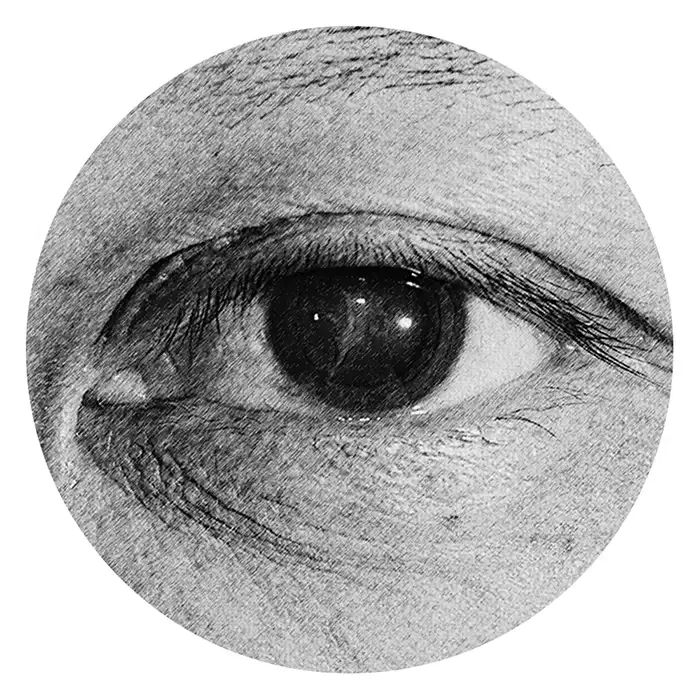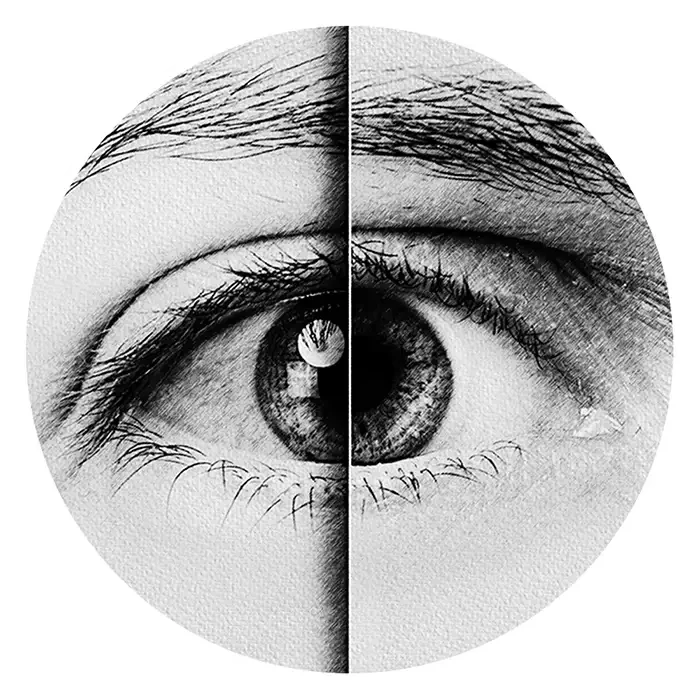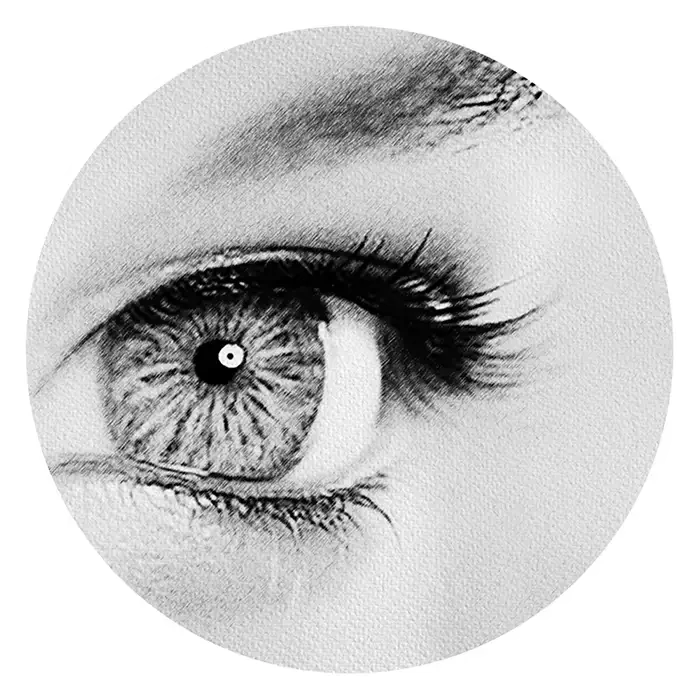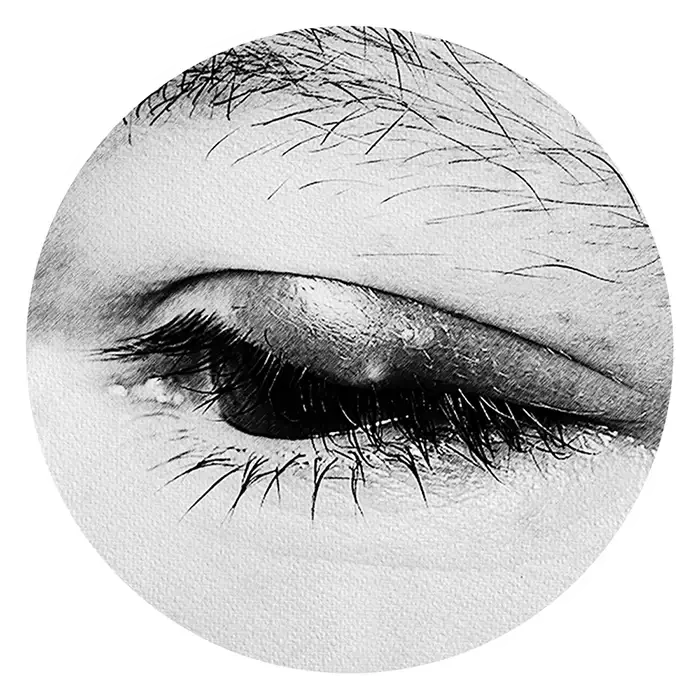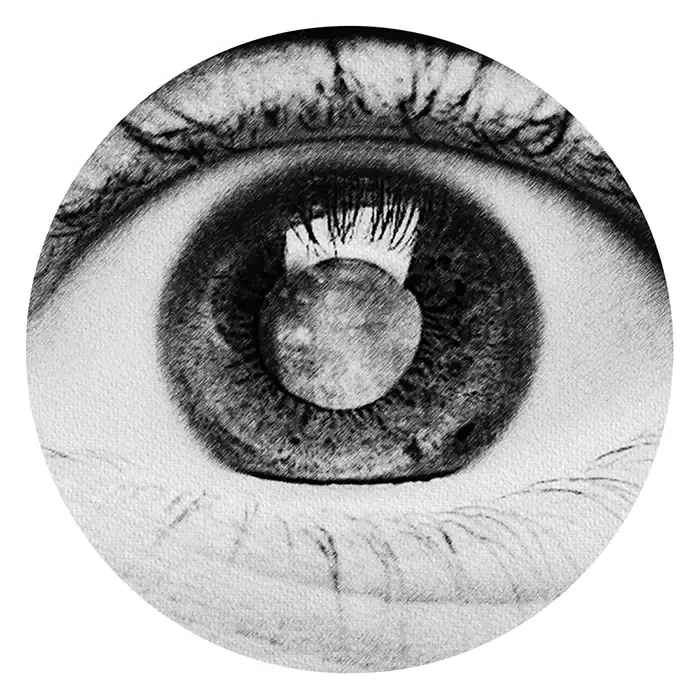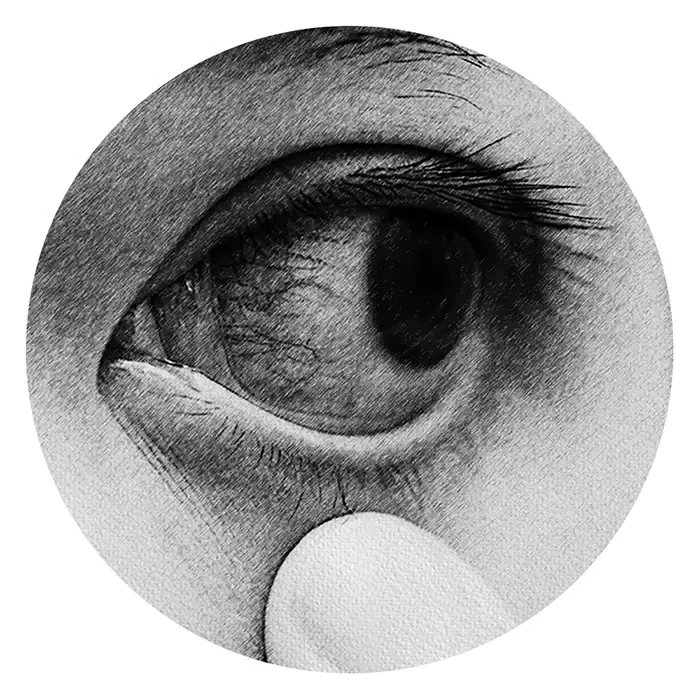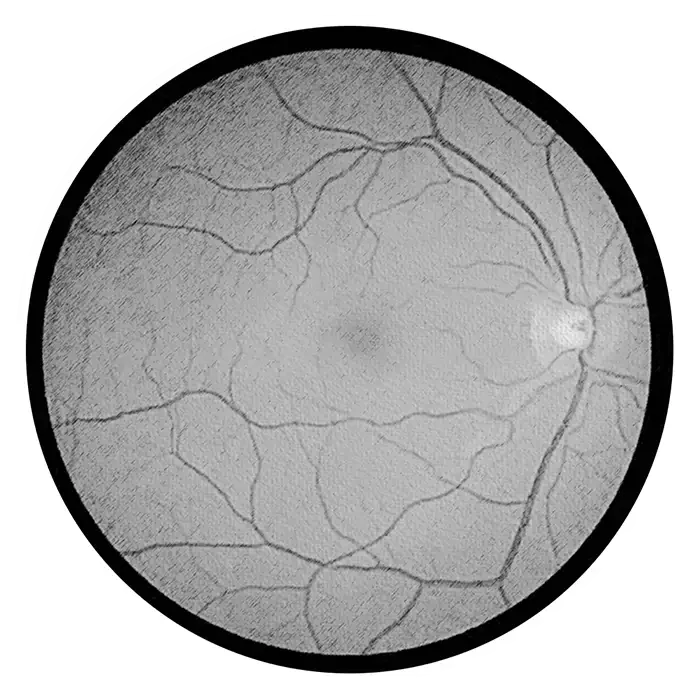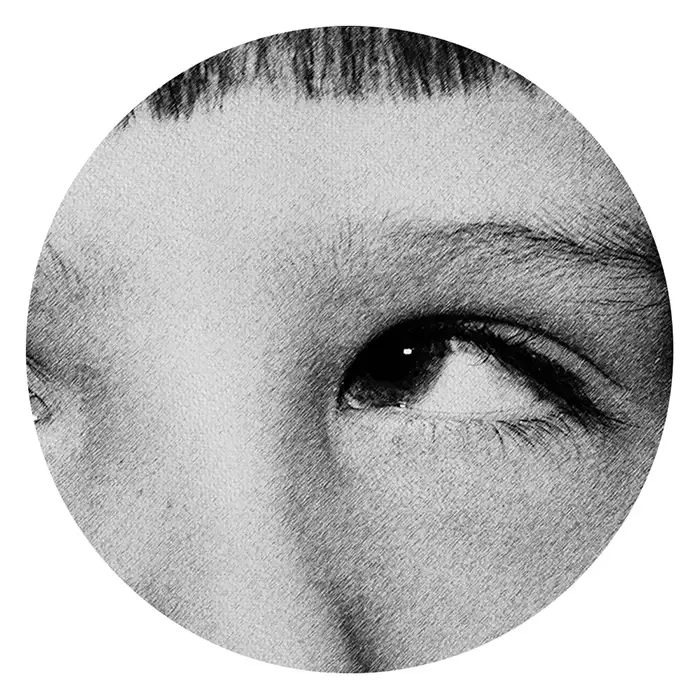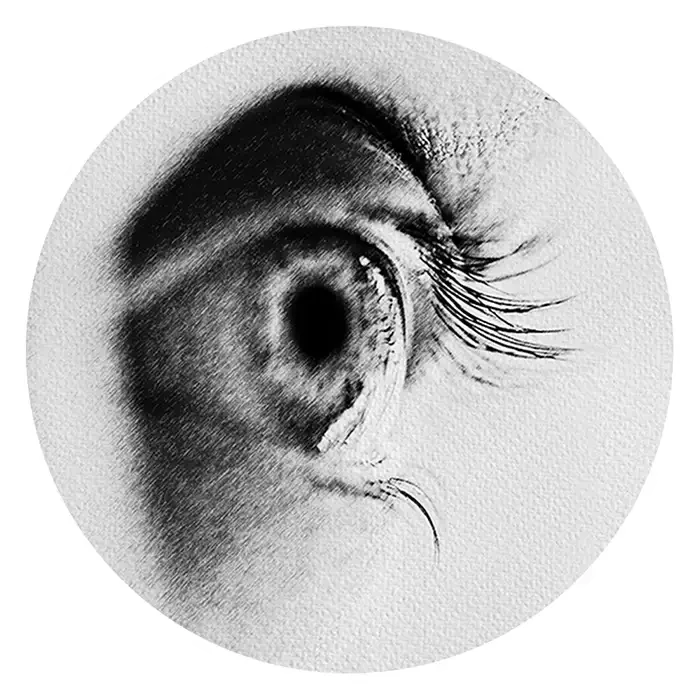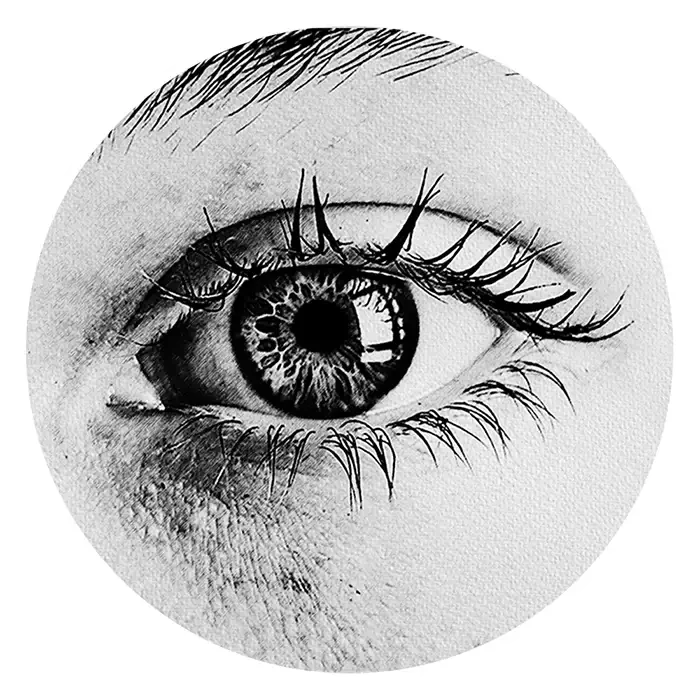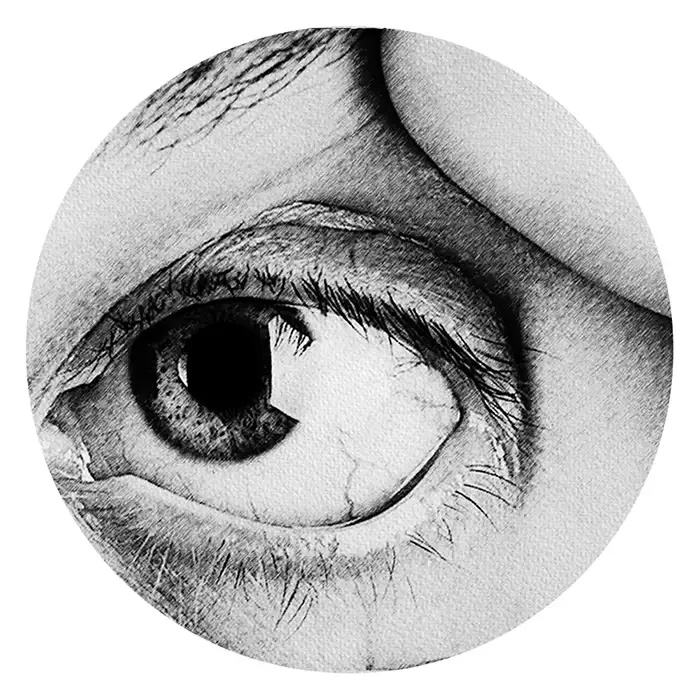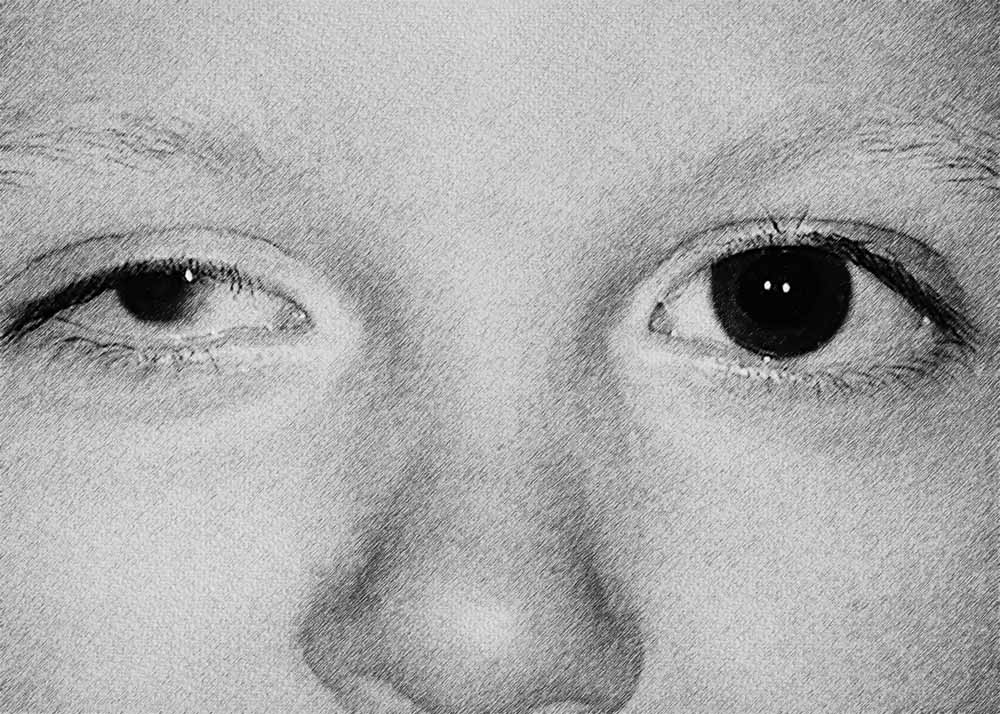
Treating Microphthalmia with Infrared Light Therapy
Microphthalmia is a congenital eye disorder characterized by abnormally small eyeballs that may lack normal development. There are several types of microphthalmia, classified based on the severity and specific features of the condition. Simple microphthalmia involves smaller-than-normal eyes but with relatively preserved structures, while complex microphthalmia entails additional ocular abnormalities such as cataracts, colobomas, or retinal dysplasia. Anophthalmia represents the most severe form, where one or both eyes are completely absent at birth.
Diagnosing microphthalmia typically involves a comprehensive eye examination, including visual acuity tests, pupil evaluation, and imaging studies like ultrasound or MRI to assess the size and internal structures of the eyes. Additionally, genetic testing may be recommended to identify any underlying genetic mutations associated with microphthalmia.
While microphthalmia primarily affects the size of the eye, its impact on vision can be significant, particularly if associated with other ocular abnormalities. In some cases, individuals with microphthalmia may experience vision impairment or blindness due to the underdevelopment of key structures like the retina or optic nerve. Vision loss associated with microphthalmia may lead to macular degeneration functional deficits over time.

Despite being primarily a disorder of eye size and development, microphthalmia can also involve corneal abnormalities, albeit indirectly. Corneal issues such as microcornea, corneal opacities, or irregular astigmatism may accompany microphthalmia, further contributing to visual impairment. Therefore, treating microphthalmia involves addressing not only the size of the eye but also any associated corneal or refractive anomalies.
The Retyne Infrared Eye treatment mask offers a promising avenue for managing the symptoms of microphthalmia by utilizing invisible infrared light therapy. Program #1 on the Retyne controller delivers focused infrared light directly onto the eyes, promoting cellular regeneration, reducing inflammation, and improving blood circulation. While infrared light therapy cannot reverse the underlying developmental abnormalities of microphthalmia, it can potentially alleviate associated symptoms, such as corneal irregularities or inflammation, and enhance visual function.
Microphthalmia presents unique challenges due to its complex nature and potential impact on vision. While it primarily involves underdevelopment of the eyes, it can also lead to secondary corneal issues that further compromise visual function. By incorporating innovative treatment modalities like infrared light therapy delivered through the Retyne system, there is hope for improving the quality of life for individuals living with microphthalmia, offering a ray of light in their journey towards better vision and ocular health.
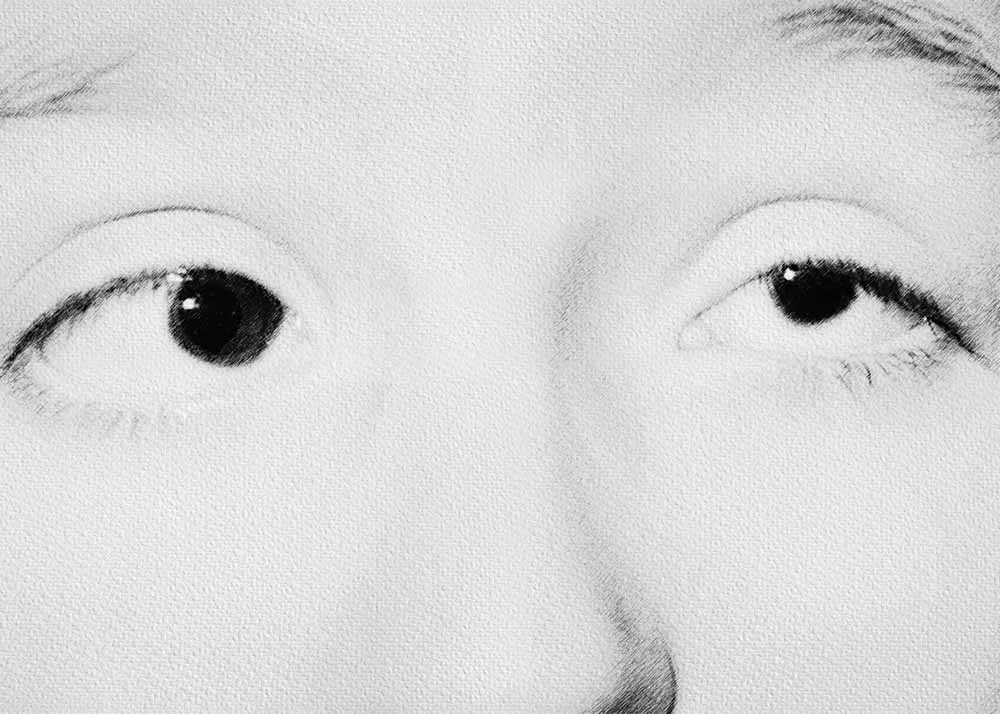
The Retyne eye treatment mask utilizes a general selection of frequencies (0.15, 0.18, 0.8, 5.5, 33.2, 172.3, 471.2, 557.82, 603.44, 921.88) tailored to address the symptoms related to Microphthalmia . These frequencies have been meticulously chosen for their proven effectiveness in managing and treating this visual condition.
Retyne's approach involves converting each frequency into invisible infrared light output, marking a groundbreaking fusion of frequencies with light—a pioneering technology pioneered by Retyne Labs. Inspired by the groundbreaking work of Dr. Rife, who identified healing properties in specific frequencies and utilized light for their transmission, Retyne's innovative method capitalizes on current research on invisible infrared technology and builds upon past studies on light transmission through frequency sources. The result is the Retyne eye Treatment Mask, a convergence of state-of-the-art advancements in the field of visual care.
Moreover, for those utilizing advanced hardware such as the RDPV4, a secondary set of alternate frequencies for Microphthalmia: 0.9, 0.92, 32.75, 293.3, 329.05, 415.84, 423.47, 472.12, 512.14, 629.9 is available. The RDPv4 offers an expanded range of frequencies, finely calibrated to provide even greater precision in addressing Microphthalmia. By incorporating this secondary set of frequencies, the RDPV4 elevates the potential therapeutic benefits of the Retyne eye Treatment Mask, catering to individuals seeking advanced solutions for their visual health needs.
A Microphthalmia Compatibile group exists at program 2067 on the International ETDFL frequency list
A Microphthalmia Alternate group exists at program 2161: Microphthalmos: 0.9, 0.92, 32.75, 293.3, 329.05, 415.84, 423.47, 472.12, 512.14, 629.9
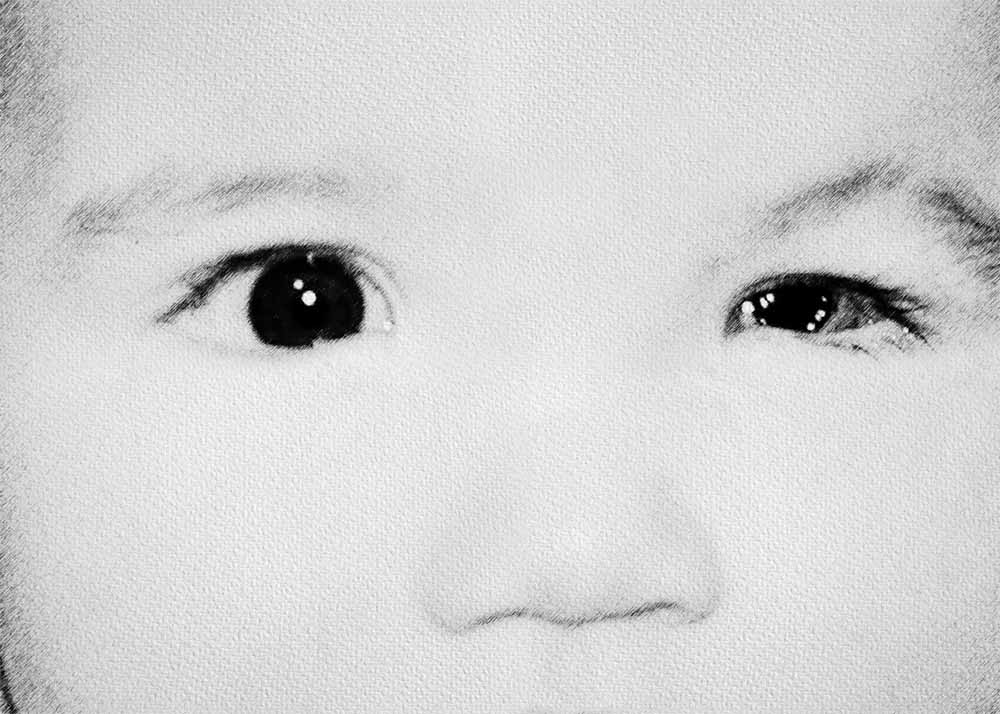
Compatibility
Standalone controller (Program #1) (Controller shipped with Retyne Eye Treatment Mask)
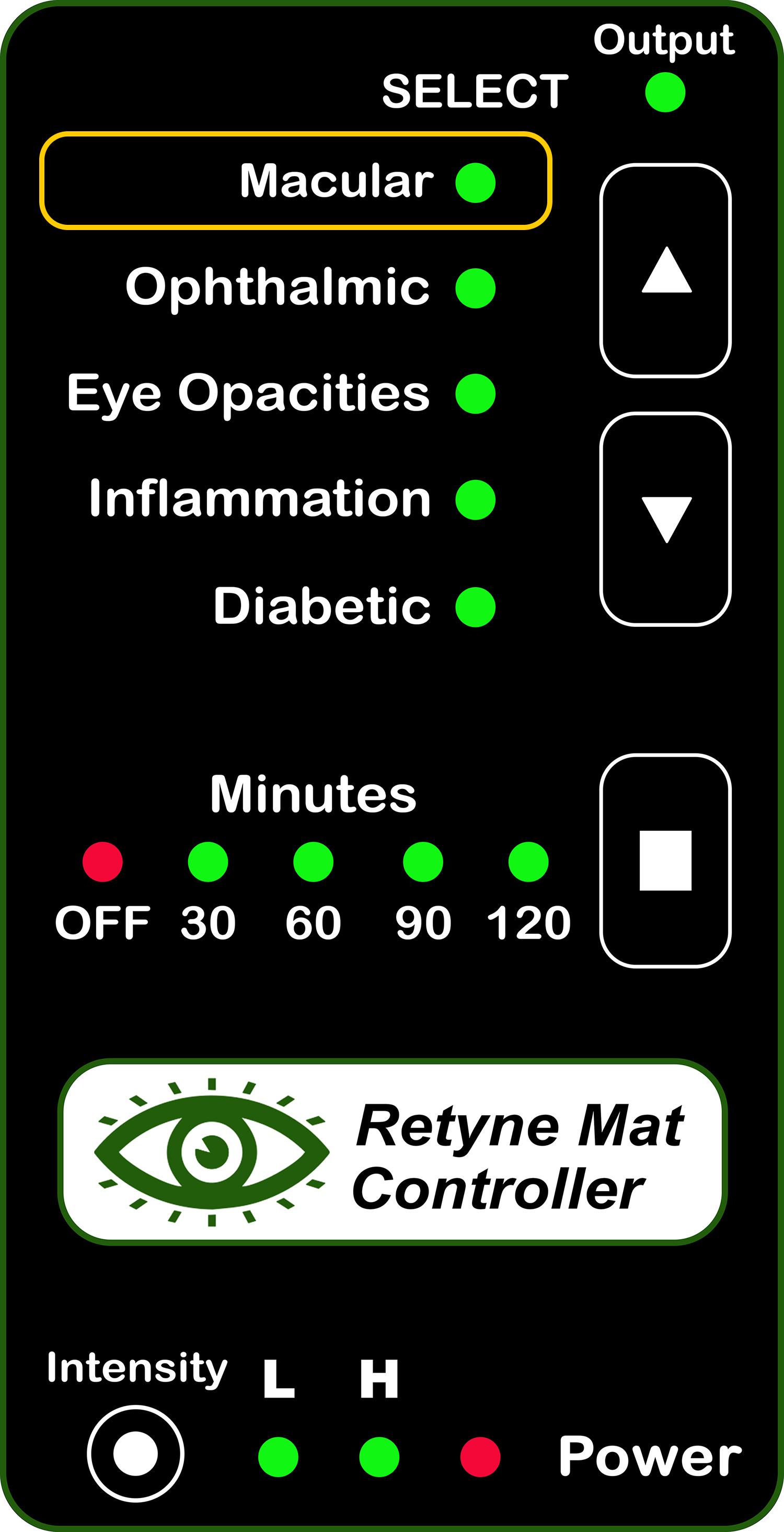
RDPV4 (Direct connect, use group 2161)
RDPV4 Light Mask Program button 1
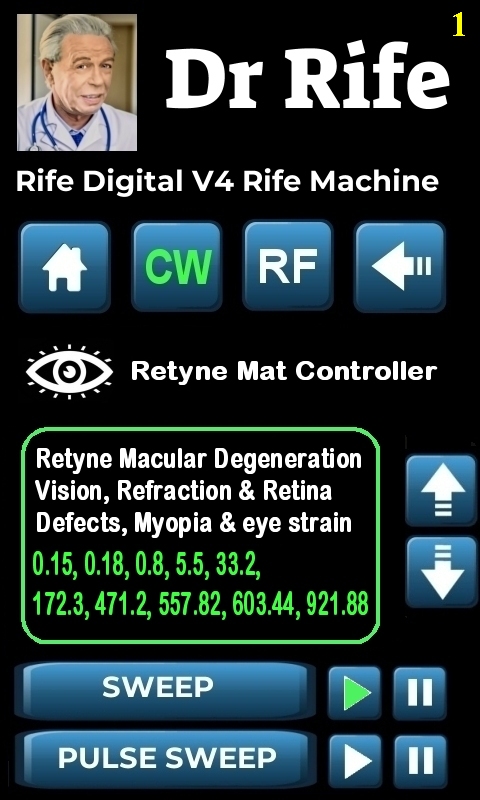
Click here for instructions on using the Retyne Mask + Controller
